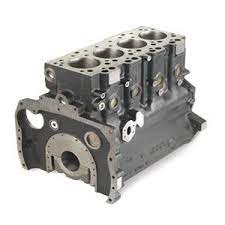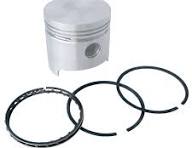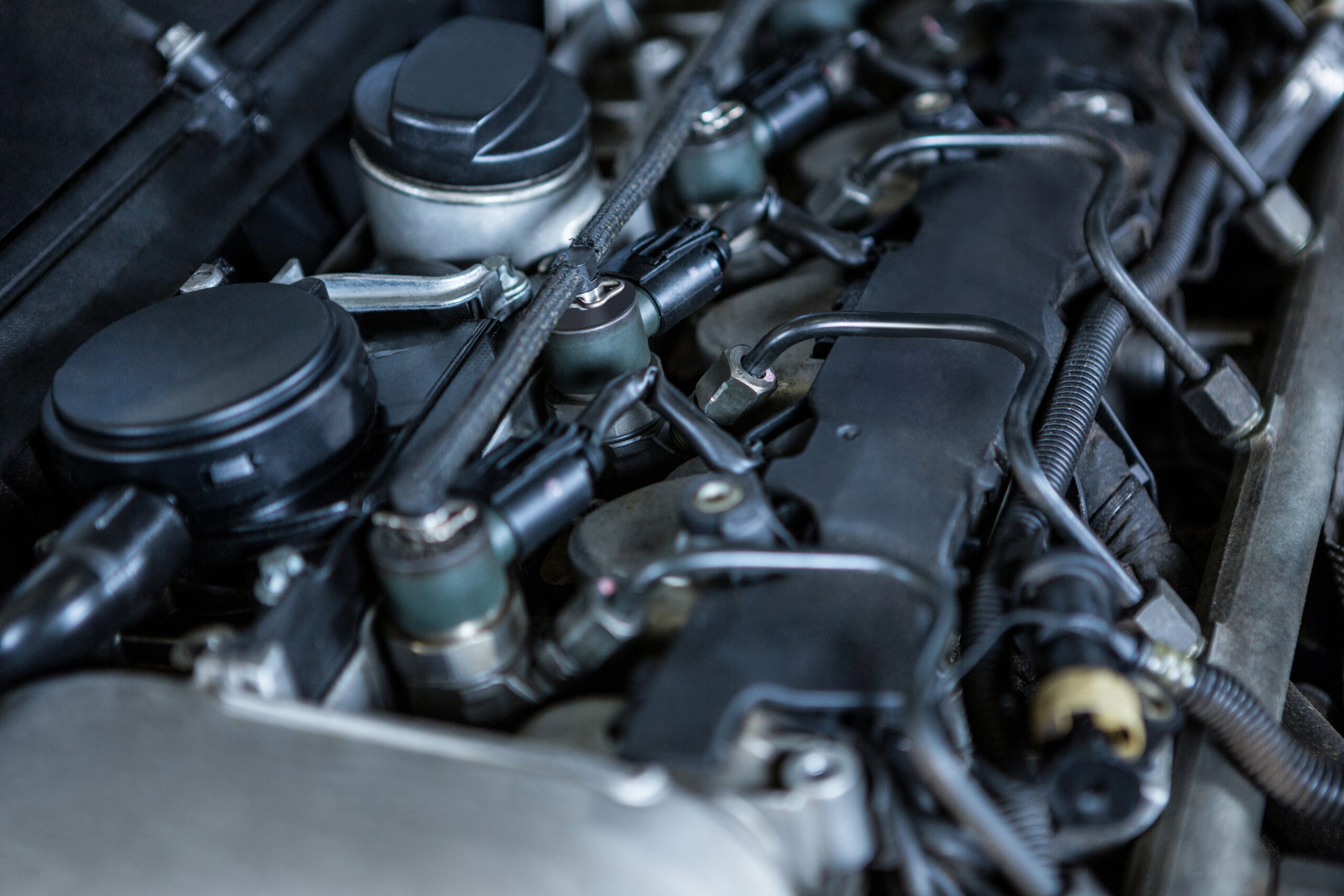As a car owner, it’s essential to familiarize yourself with the various components under the car hood to understand your vehicle’s functionality better and ensure proper maintenance. In this article, we will delve into the intricate world of basic car components, unraveling their mysteries and exploring their crucial functions.
Engine: The Heart of Your Vehicle
- Cylinder Block: This is the engine’s foundation, housing the cylinders where the pistons move up and down. The primary bearings, connecting rods, and crankshaft are also within the block.

- Pistons and Rings: Pistons move within the cylinders, compressing the air-fuel mixture. Piston rings provide a seal to prevent the mixture from leaking into the crankcase.

- Crankshaft: The linear motion from the pistons into rotational motion ultimately drives the wheels.

- Camshaft: regulates the engine valves’ opening and shutting, coordinating with the crankshaft to guarantee peak performance.

Fuel System: Delivering Power to the Engine
-
-
- Fuel Injectors: Spray fuel into the combustion chamber in precise amounts, optimizing the air-fuel mixture for combustion.
-

-
-
- Fuel Pump: Transfers fuel from the tank to the injectors, maintaining consistent pressure.
-

-
-
- Throttle Body: Regulates the airflow into the engine by controlling the opening of the throttle plate.
-

Ignition System
-
-
- Spark Plugs: Produce sparks that ignite the air-fuel mixture in the combustion chamber.
-

-
-
- Ignition Coil: Converts low-voltage electricity from the battery into high-voltage sparks for the spark plugs.
-

-
Car Cooling System: Car temperature maintenance
-
-
- Radiator: Cools the engine coolant as it circulates, dissipating heat.
-

-
-
- Water Pump: Propels the coolant through the engine and radiator.
-

-
-
- Thermostat: Regulates the coolant flow, ensuring the engine operates within the optimal temperature range.
-

Exhaust System: Managing Emissions
-
-
- Exhaust Manifold: Collects and directs exhaust gases from the engine’s cylinders to the exhaust system.
-

-
-
- Catalytic Converter: Converts harmful gases into less harmful substances, reducing environmental impact.
-

-
-
- Muffler: Reduces noise produced by the exhaust gases.
-

Battery and Electrical System: Power House of Car Electronics
-
- Battery: Stores electrical energy to start the engine and power electrical components.

-
- Alternator: Converts mechanical energy from the engine into electrical energy to recharge the battery and power the vehicle’s electrical systems.

-
- Starter Motor: Engages the flywheel to crank the engine during startup.

Drive Belts and Pulleys
- Serpentine Belt: Drives various engine components, such as the alternator, water pump, and power steering pump.

- Tensioner Pulley: Maintains the proper tension in the serpentine belt.
- Idler Pulley: Redirects the belt around different engine components.

Understanding these basic car components enables new car owners to grasp the complexity of their vehicles and conduct preventative maintenance procedures. Regular maintenance and care ensure lifespan and peak performance, making your driving experience safer and more pleasurable.



